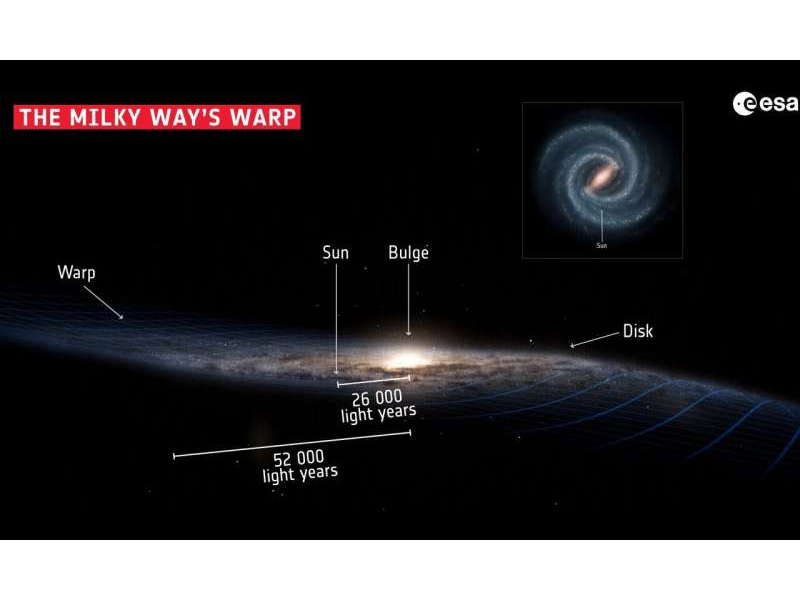What is Dark Matter?
Dark matter is a concept that was developed mostly during the 1970s, but it has been regaining popularity both in the scientific community and in popular culture. Part of the reason for this renewed interest is new technology offering us new ways to observe our Universe, like the James Webb Space Telescope! What is dark matter anyway? Read on and let us share with you what we found out and introduce you to something even more bizarre: dark energy!
Dark Matter: (Probably) Made of Special Kinds of Particles
Our Universe is made up of three basic elements: dark matter, dark energy, and “normal” matter. Sometimes called baryonic matter, so-called normal matter includes everything made of atoms, which are made of three subatomic particles known as protons, neutrons, and electrons. Atoms, or atomic particles, are the building blocks of baryonic (or normal) matter.

Okay, so what about dark matter? Difficult to say exactly, but unlike normal matter, it is almost certainly not made of atoms. Researchers are still making educated guesses about what makes up dark matter, but they have identified some potential suspects.
Dark Matter: Possibly a Mix of Neutralinos, Axions, and Photinos
As it stands now, scientists believe that dark matter is probably made of three kinds of particles — neutralinos, axions, and photinos. Neutrinos are a type of large neutrino, an electrically neutral particle with a very small mass. Axions are also electrically neutral particles, but they're much smaller than neutralinos - a thousand billion times smaller! Finally, photinos are the "opposite" of photons - the particles of light.
Neutralinos, axions and photinos, on the other hand, are only hypothetical particles at present - so we have little information about them. Their existence is predicted by mathematical models, but has yet to be proven by concrete data. All three are thought to have arisen from extreme phenomena in the cosmos, ranging from the Big Bang to black holes and the nuclear reactions of stars.
The kicker is that dark matter is impossible to observe because, well, it’s dark! So dark, in fact, that it is invisible. Dark matter neither interacts with light nor does it emit light, which makes the job of studying it particularly challenging! So how do we know it exists? Though we can’t observe it directly, looking at how gravity behaves near it offers us some clues, and gravity is something we can see and measure. In fact, according to a recent study, our home galaxy (the Milky Way) has a kind of warped appearance which could very well be caused by the presence of a tremendous amount of dark matter.

Even more fascinating, the James Webb Space Telescope is said to have detected what might be “dark stars.” These are stars fuelled by dark matter particles colliding together instead of the usual nuclear fusion that fuels the regular stars we know.
Dark Energy: Another Mystery of our Universe
Though we might be starting to get an idea about what makes up dark matter, we’re still far from cracking the mystery of dark energy. Dark energy may account for 68% to 72% of our entire Universe, but that doesn’t make it any less strange or difficult to understand. Scientists began suspecting it exists when researchers discovered that our Universe is expanding at an increasing speed. They think that dark energy might be some form of “anti-gravity” acting as a force that is exponentially expanding space-time.
Dark energy might be an unknown component of the cosmos and gravity, but it might be made of tachyons. Tachyons are other kinds of hypothetical particles that are believed to travel faster than light. For the moment, our knowledge stops there, but with the advent of new technologies, such as the James Webb Space Telescope, our understanding of the cosmos promises to continue growing in the coming years!
